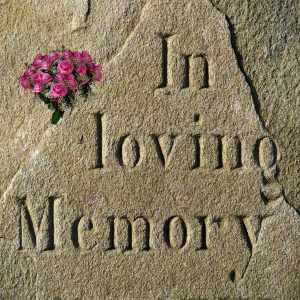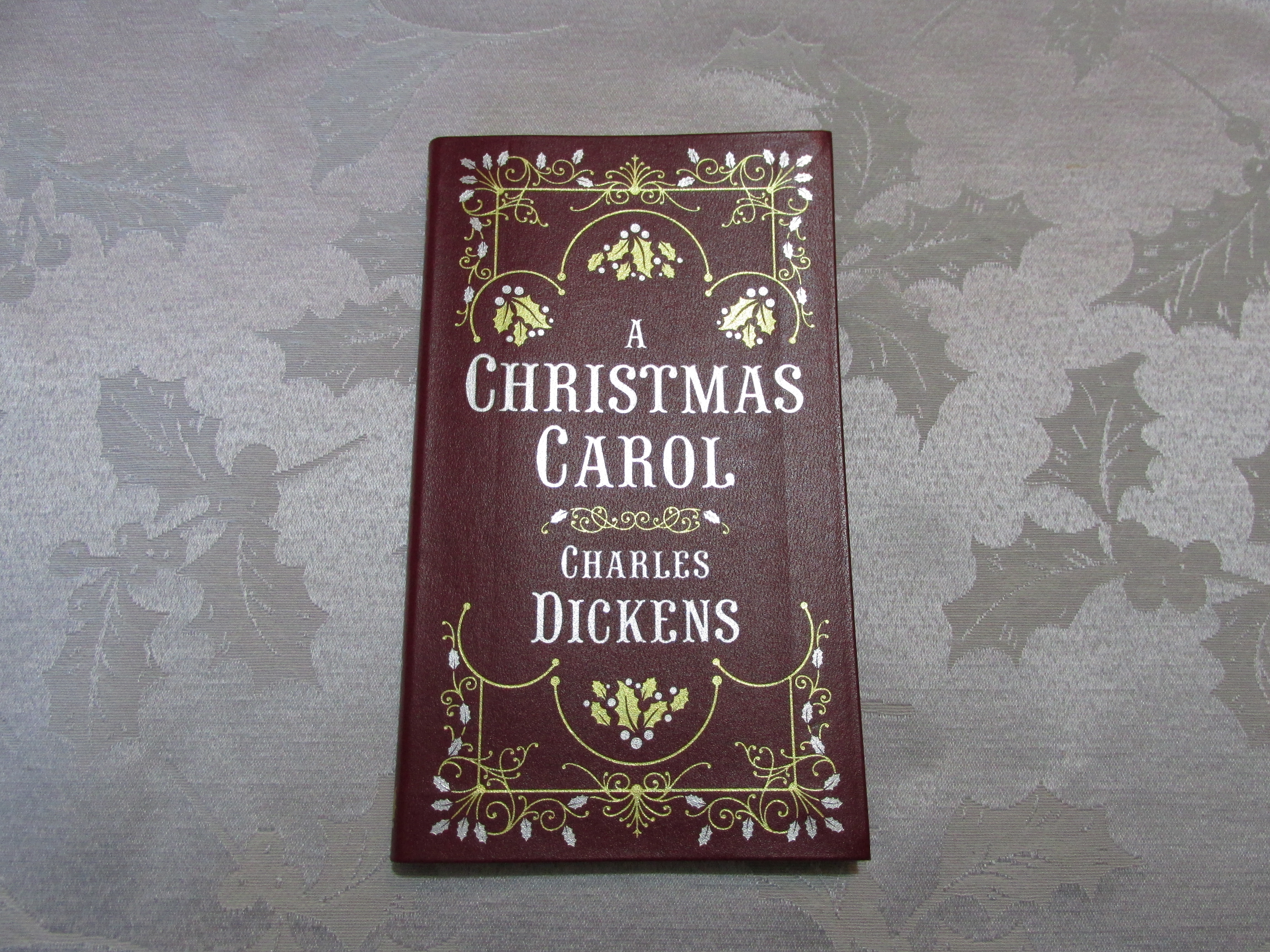Decoration Day! It looks like an entry in a day planner, and visions of Christmas, a birthday, or a wedding might pop up in our minds. However, if we were to ask an older Southerner, “What is Decoration Day?” we would probably be regaled with childhood memories or stories heard from grannies and grampas about commemorating deceased ancestors.

This celebratory event traces back to the southern United States at a time before the Civil War. A family, white or black, would choose a Sunday after spring planting, but before the fields demanded heavier toil, to remember loved ones who had entered glory land.
The celebrants, laden with farm tools, hiked to the site of the host family’s burial site and spent the morning clearing weeds and overgrowth. Afterward, they laid fresh flowers on the graves. Often trees were planted−evergreen Cedars represented eternal life and flowering Dogwoods embodied the resurrection.

The patriarch shared lessons and blessings passed down by their ancestors. Folks joined their voices in wistful joy as they sang gospel music about being heaven bound. Then “dinner on the grounds” (a picnic lunch) filled their tummies, while fellowship encouraged their hearts.
Because Decoration Day was celebrated by individual families, folks might attend this special event with one family one Sunday and another in the coming weeks. Some communities held the event at the church, the pastor commemorating the lives of those who had gone to their reward.
Then came Change. On June 3, 1861, the first confederate soldier’s grave was decorated with flowers. It was as if a tree trunk sprang up, crowding a tender sapling, taking the focus away from deceased ancestors and moving it to military deaths. By 1868, the day to lay flowers on war graves had been designated as Decoration Day, and by 1882, Memorial Day emerged.
Nevertheless, the tender sapling survived. The tradition of honoring deceased family members continued, scheduled around the planting season. Over time, many families started melding their celebration with the 3-day Memorial Day weekend. However, some rural communities, especially Appalachia, might still be found celebrating Decoration Day (now sometimes called Cemetery Day).
For writers, such a commemorative congregation could provide a setting whereby characters are unveiled, plots and sub-plots unfolded, and social status displayed. Details, such as the condition and style of clothes, the good repair (or not) of gardening tools, the array of food, attitudes about hard work or people or life in general, budding romances, disagreements or a “knock-down drag-out” fight, can make for entertaining or gripping reading while moving the story forward.
Undoubtedly, usage of Decoration Day would be relevant for historical or contemporary pieces set in the South. However, because many Southern folks packed up belongings and traditions and travelled away from the Civil War-torn South to settle in other states, the concept of people gathering to decorate graves easily spreads to other genres and settings.

Imaginative writers can look beyond Decoration Day as a date on the calendar or the focus on a fading tradition. The event can spruce up works in progress or provide rich soil for a compelling scene in a cemetery setting.

Jeannine Brummett lives in South Carolina with her husband of nineteen years, Don, who shares his three adult sons and three grandchildren with her. Reading is big on her list of things to do, but she also thrives on TV crime dramas, NBA basketball, and marvels at the critters and fowl life that live at the pond behind their house. She loves to sing praise songs, attend Bible Study, and help at a local food pantry.





No Comments